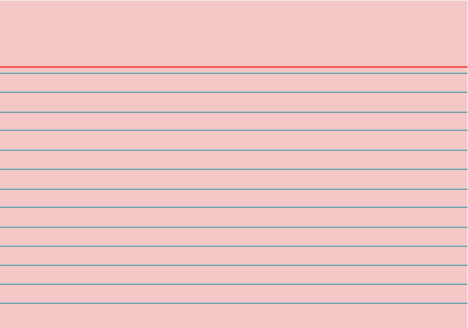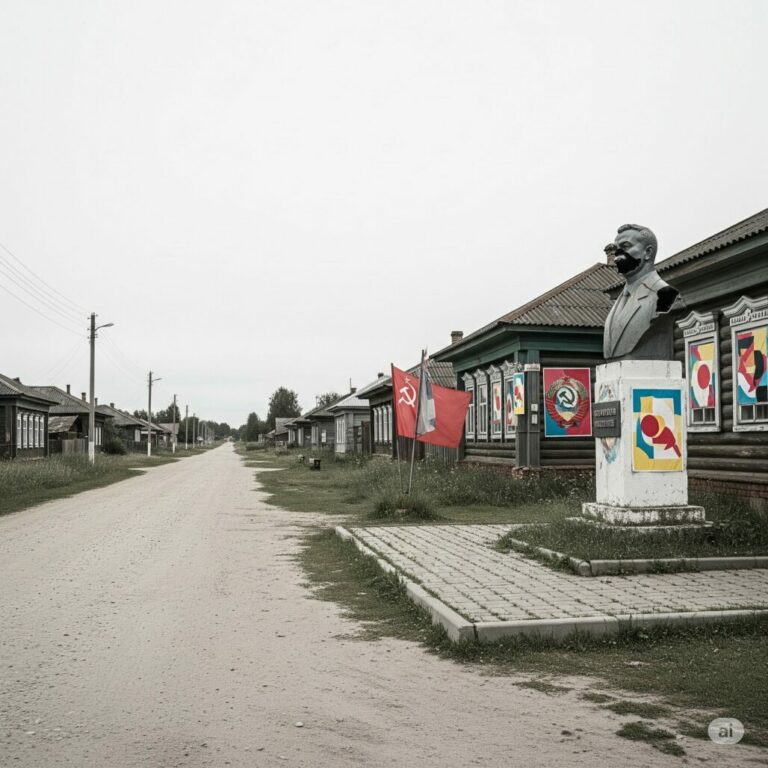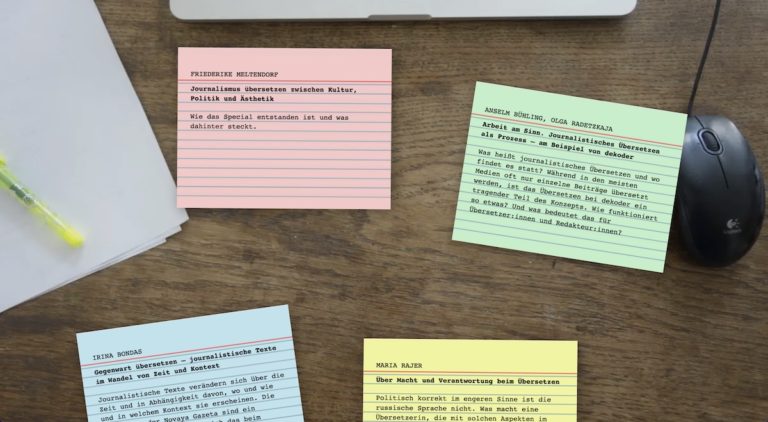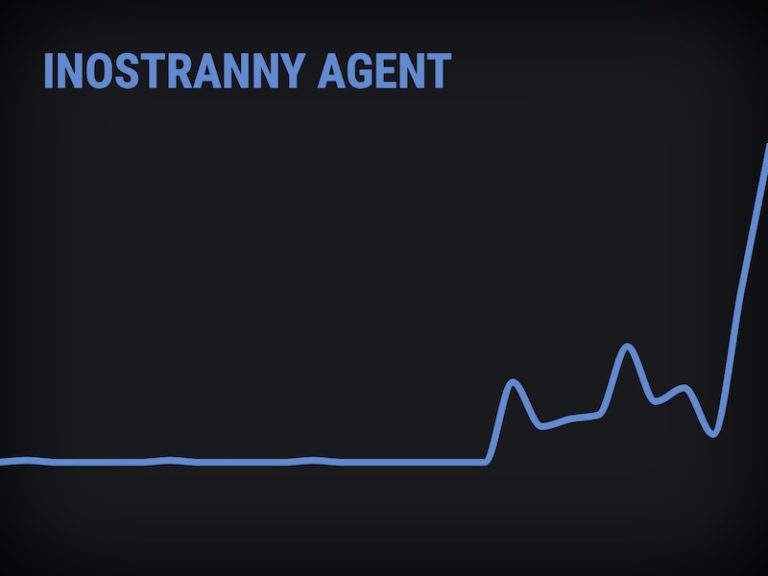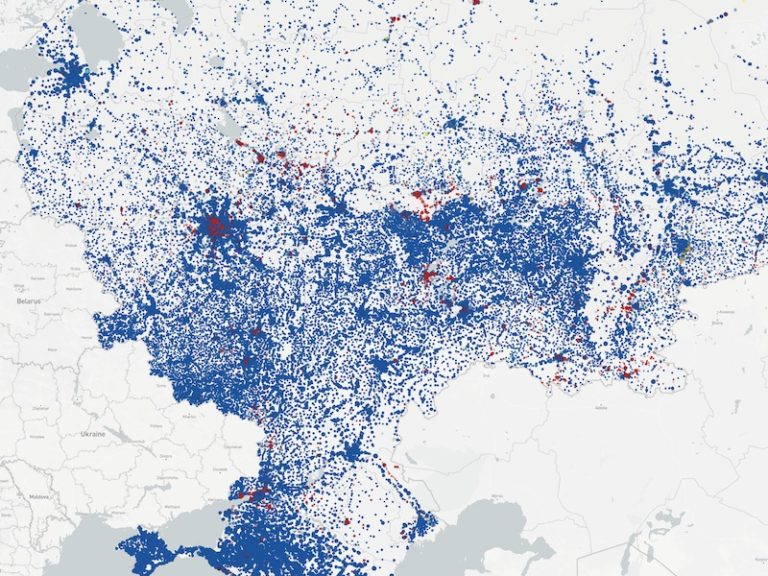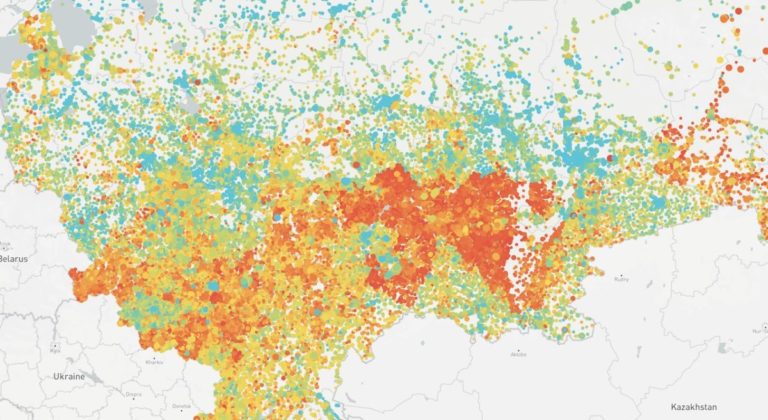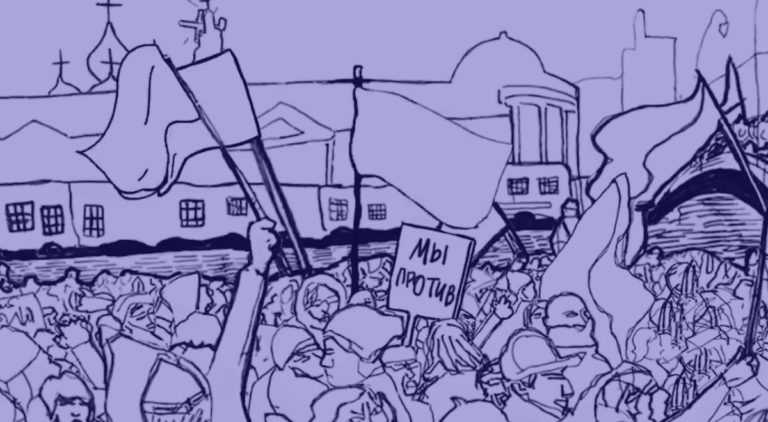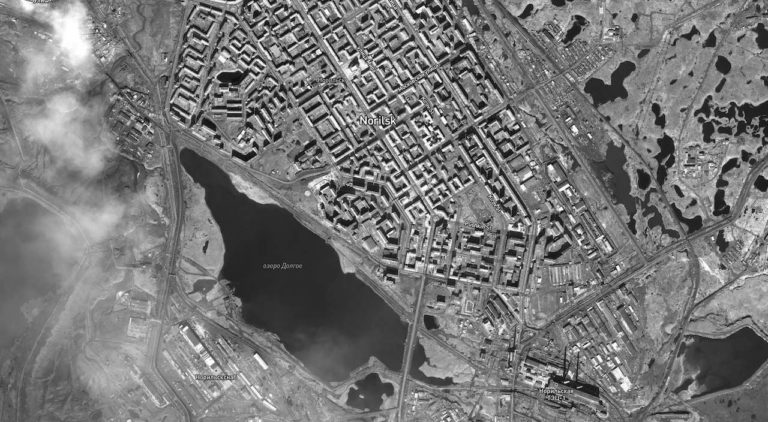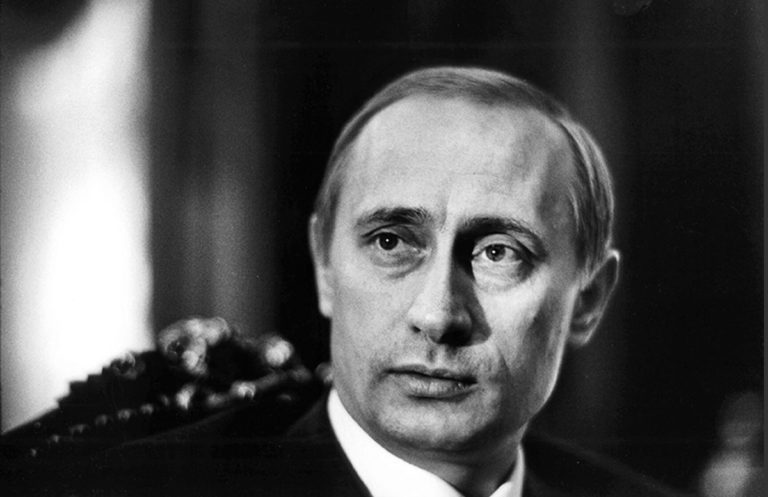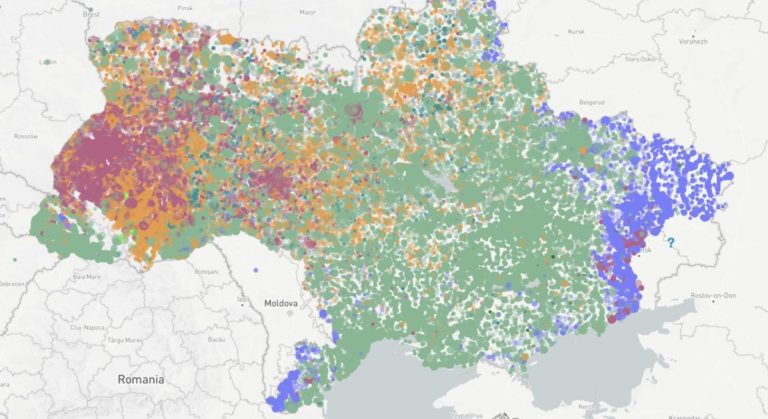Ruth Altenhofer observed herself translating interviews for dekoder in order to figure out just what it is she is doing when she translates. And she concluded: “I make sure that dekoder readers who cannot understand Russian feel like they are sitting right there at the table during the conversation.” Here, she tells us how.
Occasionally, I get a friendly call from dekoder: “Oh, Ruth, do this translation for us, would you? You’re so good at interviews.” Though not really expecting insights of a ground-breaking nature, I’ve asked myself the question: how do I translate interviews? Do I go about it differently than I do other (journalistic and non-journalistic) texts? And if so – why?
I use the word interview here to mean journalistic texts that are based on a conversation and retain its question-answer structure. Beyond the common denominator of this dialogue form, interviews can vary greatly: some focus primarily on a specific topic, while others concentrate on one individual, usually a prominent person. Sometimes experts or celebrities are interviewed about a specific question, sometimes interviewees are people who have experienced something of particular interest. There are many journalists, such as Yuri Dud and Katerina Gordeeva, who have themselves become famous for their interviews; YouTube, in particular, frequently plays a role in this. Sometimes interviews are based on the transcript of a video or audio recording, sometimes a spoken conversation is revised and shortened for the written interview, sometimes the entire process occurs in written form. One thing is true of all of them though: they consist of dialogues (unless multiple people are interviewed at one time).
What happens when an interview is translated? To find out, I put myself under observation over the course of several months and spent some time taking a closer look at translations I had previously done. The material I investigated was:
- Radio Svoboda interviewing Denis Volkov: Corona: Die Leute sind desorientiert (Covid: People are disoriented)
- Znak interviews the war correspondent Mikhail Kozhukhov: Entweder man sucht ein Übereinkommen mit den Taliban oder man baut eine Mauer (You either seek an agreement with the Taliban or you build a wall)
- Katerina Gordeeeva interviews the rapper Manizha for Meduza: Musik ist eine Schulter zum Anlehnen (Music is a shoulder to lean on)
- The Village interviews various people: Bolotnayja wird uns noch wie ein Kindergeburtstag vorkommen (Bolotnaya is going to seem like a children’s birthday party)
- Meduza interviews Ilya Khrzhanovsky: Der sowjetische Geruch ist noch nicht verschwunden (The Soviet smell has not gone away yet)
- Meduza interviews Leonid Volkov: Hätten wir eine andere Wahl gehabt? Nein. (Would some other course have been open to us? No.)
- Takie dela interviews Boris Grebenshchikov: Ich gehe einfach raus und spiele (I just go out and play)
- dekoder interviews Andrei Liankevich: Blick in das Innere von Belarus (View into the inside of Belarus)
- Dozhd interviews Maria Kolesnikova: Glaube ihnen nicht, fürchte dich nicht, bitte um nichts und lache – das ist mein Prinzip (Do not believe them, do not be afraid, do not ask for anything and laugh – that is my principle)
In looking at the interviews, I arrived at observations relating to two areas:
1) COHERENCE
I always pay attention to how the answer fits with the question – in terms of both content and sentence structure. When translating a text of any kind, I try to identify and follow the thread of discourse that runs through the text; when the text is an interview, I also try to follow the thread that runs between the journalist and the interviewee.
In the two examples below, the first illustrates the need for the sentence structure in the answer to match that of the question, and the second relates to coherence of content. In the latter, the sentence structures of the answer and the question do not match in either language (there is a shift from plural to singular in Russian; and vice versa in German), but the question about a prior personal acquaintance is answered in just a few words.
Example (Manizha):
“What do you still remember from the time [your childhood] in Tajikistan?”
“The courtyard”
– A chto pomnish pro Tadzhikistan?
– Dvor.
Example (Ilya Khrzhanovsky):
“It is clear why you find this project interesting and important, but why did Mikhail Fridman choose you? Had you known him beforehand?”
“It wasn’t Fridman who chose me, but the supervisory board. Yes, we knew each other.”
To follow the thread running between the conversational partners, one first needs to know what type of speech act is involved: one of agreeing, refusing, intensifying, restricting, etc. If there is information communicated by facial expressions and intonation that is not conveyed by the written text, it can often be helpful to insert an additional word into the translation to make these messages clearer (such as “yes”, “no”, or a qualifying or concessive word like “still”).
Example (Leonid Volkov):
“Will there be 225 candidates in the Smart Voting [app]?”
“Yes, there will.”
– Budet 225 kandidatov ot «Umnogo golosovaniya»?
– Budet.
Example (Ilya Khrzhanovsky):
“Could you have spent those years in some better way?“
“No, there’s no better way I could have spent them.”
– Mogli li vy provesti eti gody luchshe?
– Luchshe provesti ne mog.
Having said that, it is common in interviews for the answer to one question to be followed by another question without any transitional bridge, either of a substantive or syntactical nature. Naturally, the translation must follow suit when this is the case, meaning that no bridging elements can be introduced.
2) ORAL QUALITY
Interviews exhibit markers of oral speech, and I take care to keep these in the translation. Texts vary with regard to the degree of “orality” they have and can tolerate: the spoken language of a male Afghanistan war correspondent differs from a female rap artist who is 30 years younger. And when a journalist starts an interview using an English loan word like “drive”, words like “dumb”, and slang like “da nu” and “tipa togo”, as the journalist who interviewed Boris Grebenshchikov (Ich gehe einfach raus und spiele) does, she is establishing a register that her conversational partner will adjust his own language to accommodate, as will the translator. The original text of the Grebenshchikov interview contains many typically oral elements. Some of them appeared in passages cut before publication by dekoder, but they were channelled into the translation in other places to keep it stylistically true to the original:
“It’s kind of a dumb question, but fairly fundamental: Why do you play out on the street?”
– Vopros duratskii, no bazovyi: zachem vy igraete na ulitsakh
Thus, I inserted relativising adverbs in the translation (ein bisschen/“a bit”, ziemlich/“fairly”) because they lend it a more casual sound and are more likely to be heard in spoken language than “The question is stupid but fundamental”.
When translating interviews, it usually makes sense to avoid the use of nominalised verbs and genitive constructions and to choose everyday words: “because of” not “due to”, “because” not “as”, and “but” not “however”. One can indulge in the perfect tense (in German) occasionally when the talk turns to past actions or events (not always, that would be unreadable). And, if the original text permits, use shorter forms like “raus” and “runter” in German [and contractions like “I’ve” and “you’re” in English], intensifying adverbs like “totally”, “absolutely” and “really”, relativising terms or phrases like “or something” and “kind of”, and colloquial expressions and slang. Rather than more complex sentences with subordinate clauses and participle constructions, oral language is characterised by repetition and the stringing together of sentences or clauses, sometimes even using conjunctions that are slightly off. Another typical aspect of dialogue is the occasional solicitation of agreement or understanding: while “ponimaesh” translates well into “verstehst du” [“you understand/you know”], things get a little trickier with “soglasites” (“[you must] agree”), as you could not use an imperative like this in German.
Further examples (Manizha):
“But inside, I knew it was bullshit. I was performing in these grotty, random underground clubs, with disgusting stages and terrible sound, and it all kept getting worse. It was clear to me that I had to stop, everything was going down the tubes.”
“The song got no traction at all. It was the least-listened to song of my entire career. A total flop. I cried so much, I can’t even tell you. It was such a horrible let-down, I put so much of myself into it, and everything came together so well … And then this huge flop, you know?
– Pesnya «Vanya» otvratitelno zashla. Eto byla samaya neproslushivaemaya v istorii moikh pesen. Eto byl proval. Ya tak plakala, ne mogu tebe peredat. Mne bylo diko obidno, chto ya tak chestno otneslas k etoi istorii, tak vse soshlos … I proval, ponimaesh?
That will have to suffice as to my practical experience with translating interviews.
Five fundamental principles of dialogue
In my search for theories on interview translation or, failing that, on the translation of dialogues and conversations, I came across an online LCB seminar with Lorenz Hippe, a theatre studies scholar, playwright and author. In it, Hippe presents his five fundamental principles of dialogue: dialogue is shaped by the situation, it reveals characters, it is a creative process, dialogue is movement and dialogue contains subtext. Hippe actually formulated these principles to help people with scene writing, but hopes they may also be helpful for producing vivid, authentic translations of prose. Since the dialogue form is what distinguishes interviews from other journalistic texts, I have attempted to apply Hippe’s fundamental principles to some of the interviews I have translated for dekoder over the past few years.
1. THE INITIAL AND CONVERSATIONAL SITUATION: WHAT IS THE SITUATION OF THE SPEAKERS? HOW DOES THAT DETERMINE THE WAYS THEY TALK TO ONE ANOTHER?
The ideal interview situation involves two people sitting across from one another in the same physical space. However, there are many reasons (such as distance, deadline pressure, pandemic-related restrictions) for conducting interviews remotely, via Skype, Zoom or something like that. This can certainly have a negative impact on the quality of the conversation, especially if the people involved do not know one another or are fairly inexperienced, as people tend to speak less, to not go into as much depth. However, interviews conducted in written form (with the interviewee receiving a list of questions) are noticeably briefer and stiffer – they lack the spontaneous reactions of the journalist to his interviewee’s answers, there are no follow-up questions, no back-and-forth spark of inspiration, no arriving at a truth together. The interview with art photographer Andrei Liankevich about his Traditional Interior project for the series of photographs Blick in das Innere von Belarus was conducted in writing – and it shows, including in the typos in the answers in the original text. The interview with Navalny’s chief of staff Leonid Volkov in the spring of 2021 offers a sharp contrast. In that case, Volkov spoke to Meduza’s Konstantin Gaase by phone for 45 minutes and their conversation was recorded. It is obvious at first glance that Volkov is much more talkative than Liankevich. This is due to the differences between the interview situations: he was interviewed live, Liankevich was interviewed in writing.
2. DIALOGUE AND CHARACTER: WHAT ARE THE OBJECTIVES OF THE CONVERSATION PARTNERS? WHAT LINGUISTIC IDIOSYNCRASIES DO THEY EXHIBIT?
A journalist’s objective is to solicit information that readers will find interesting. The objective of an interviewee is to make this information available and comprehensible to the readers.
Phenomena characteristic of spoken language – like the struggle to find the right word, starting a sentence more than once, or repetition – are often scaled down significantly when interviews are put into written form, but enough is retained to enable the oral quality of the language and its colloquial character (sometimes more, sometimes less) to come across (see the quotations from the interviews with Manizha and Boris Grebenshchikov above, or the interviews on the Bolotnaya Square case). I cannot think of any journalistic interviews reproducing idiosyncratic linguistic usage of another order – I imagine one would have to know the person well in order to recognise his individual habits of expression in this type of text.
3. DIALOGUE AS A CREATIVE PROCESS: WHAT DOES THE DIALOGUE REVEAL? AND/OR WHAT IS ITS OUTCOME?
Ideally, the outcome of the interview is informative and/or entertaining reading material, through which we find out, for instance, what the former war correspondent Mikhail Kozhukhov thinks of Russia’s talks with the Taliban: “Either you try to conclude an agreement with the Taliban or you build a wall.” Or we learn what kind of person lies behind ESC star Manizha: “Music is a shoulder to lean on.” Often, interviews show two people working together to interpret a certain situation and arrive at new insights into it. That involves the journalist asking the right, empathetic questions, continuing to follow up and bring her own knowledge into play, and answering the interviewee’s questions until both sides are satisfied with the outcome. Here I am thinking mainly of the moments, primarily in video interviews, in which the interviewee says, “good question” and then pauses to consider it – this tells us that he has been prompted to think further about something by the journalist’s questions. The interview with Boris Grebenshchikov, for instance, begins with a relatively long search for a convincing answer to the question of what motivates him to perform out on the streets.
4. DIALOGUE IS MOVEMENT: WHO LEADS, WHO FOLLOWS?
Theoretically, the role assignments in an interview are clear: one person asks, the other answers. And the one doing the asking determines the direction of the conversation, at least initially. But in answering, interviewees also shape the conversations by determining how far they will go in the direction laid out for them, or by steering the conversation in some other direction, and leaving the journalist to decide whether to continue further down that path, or not.
The more direct and spontaneous the setting, the more likely it is that this kind of dynamic of mutual leading and following will take shape – as it does, for instance, in the interview with Manizha, who willingly talks about herself and her life. In contrast, in an interview shortly before her trial, Belarusian opposition leader Maria Kolesnikova does not follow the journalist’s lead. While the journalist is trying to get her to criticise others, reveal doubts and an awareness of the gravity of her situation, Kolesnikova just keeps on reinforcing her position that victory is assured.
5. THE SUBTEXT: WHAT IS NEVER SAID, BUT CAN BE READ BETWEEN THE LINES?
The whole point of journalism is to bring to light information, connections and assessments, and rather than let them remain concealed, to render such implicit knowledge explicit. One could perhaps speak in terms of subtext when interviewees evade the interviewer’s questions, when they talk about something else to avoid some key point, sugar-coat the truth, or simply cannot tell the truth for fear of political repercussions – as in the case of Belarusian dissident Raman Pratasevich. Since the start of the war, in particular, speaking between the lines has become increasingly common.
It would be quite an interesting intellectual exercise to parse through all these aspects of dialogue and compare them with my translations. When actually translating though, I do not give much thought to theories of this kind, helpful though they may be for writing dialogue. Instead, when translating an interview, I try to imagine the conversation, to follow along with it, to get inside the heads of those engaged in it: who is speaking? What is the relationship between the two people? Are they moved by the topic or an individual question? I always listen to or watch the recording, if there is one, because intonation, facial expressions, pace, sighs and glances can hold a wealth of additional information. And then I make sure that dekoder readers who cannot understand Russian feel like they are sitting right there at the table during the conversation.
